Tile Cutting: Which Method is Best for Your Project?
Here at Kendal Tile & Stone, we’re tile specialists, and so we know precisely how to choose, cut, lay and look after the tiles in your home. In particular, tiles are a popular choice for both kitchens and bathrooms as they are easy to clean and can withstand heavy foot traffic and humid settings.
If you’re thinking about a new set of tiles for your next project, let us help you with information on the different equipment, tools and methods for cutting tiles. This blog will explain the processes required for each cutting method and which type of tile they are best applied.
Staying Safe Whilst Cutting Tiles
Before you begin any method of cutting tiles, you should ensure you have the appropriate safety gear to hand, which includes the right shoes and protective clothing. Gloves, goggles and ear protection are also essential for shards or splinters.
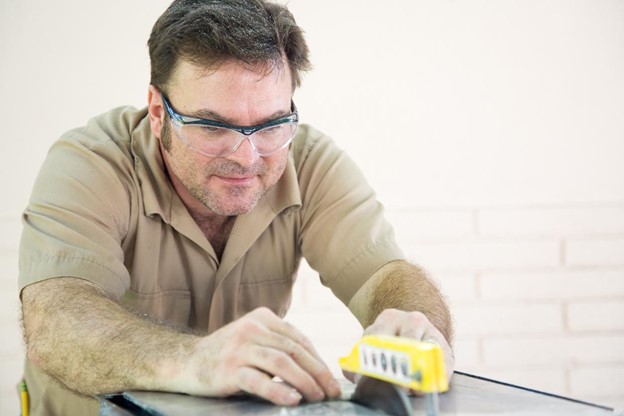
You should always take care not to get your fingers too close to the blade when cutting and ensure that the area is not wet or slippery. To avoid hazards or accidents, you should work on a dry, levelled site, away from children, pets and electricals.
Operating a Manual Cutter
Manual cutters are effectively a combined scorer and snapper. Firstly you should mark the entire length of your tile with a pencil, then insert the tile into the jaws of the tool in line with the scored mark. Next, push down onto the handle of the manual cutter, and the tile will snap where you have aligned the cut. If you have a lot of tiles to cut, this method is favourable as it will save you time (when compared to using a tile scribe). Not only does the manual cutter act as a platform to support the tile, but it can give you more precision and confidence when cutting.
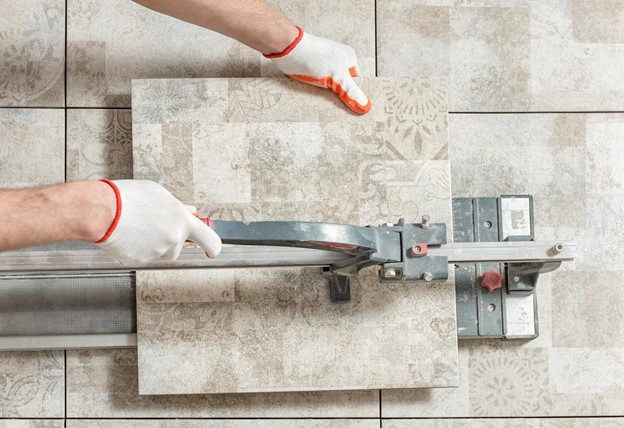
Using a Tile Scribe
Tile scribes operate in a similar way to manual cutters. Tile scribes are a cost-effective way to ensure clean cuts and precision — it is a manual process of scoring the tile then snapping where the line is marked. When making straight cuts, a tile scribe is an effective method to use. However, you will not be able to make curved cuts, which will be needed in a bathroom, for example, for sink pipes or around the toilet base.
Tile Nippers
Tiles nippers are an excellent tool for cutting around obstacles or creating curves. You will need a tile scribe for this method to mark your desired cutting shape. Once you have made the initial marking, you can use the tile nipper to chip away small chunks of the tile gently. When you approach the cut line, you should take extra care to avoid shattering the whole tile. Once you have reached your cut line, you can use a tile file or very fine sandpaper to achieve a smooth finish. Finally, you should wipe the tile with a damp cloth to remove loose shards, dust or splinters.
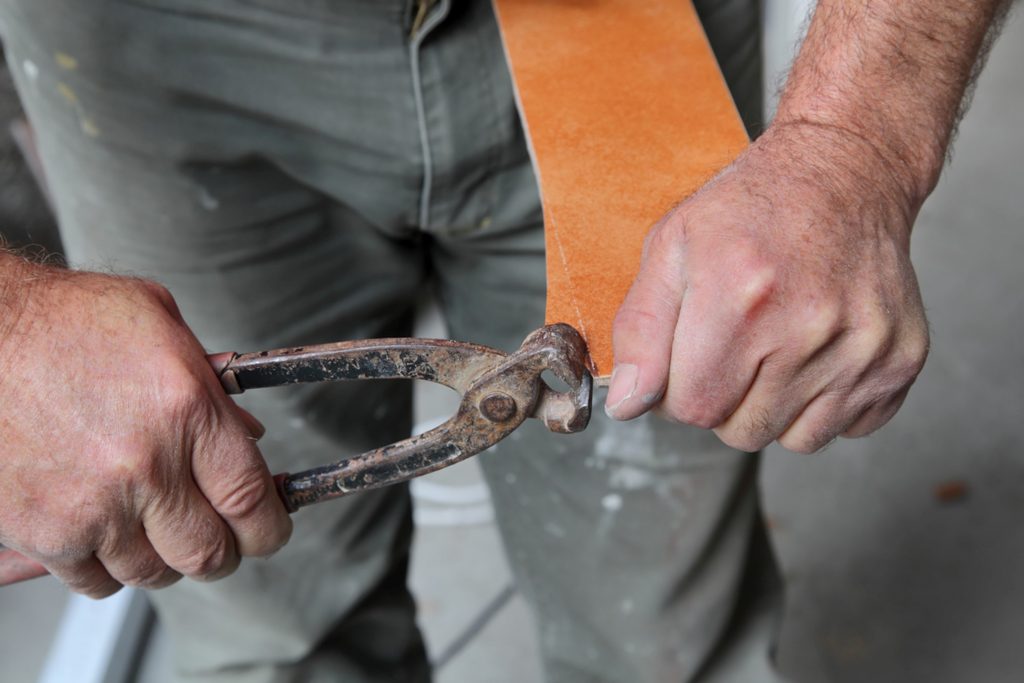
Cutting Porcelain Tiles using a Diamond Blade Wet Saw
Porcelain floor tiles can be a lot thicker than standard ceramic tiles, so you will require a specialised cutting tool called a diamond blade wet saw tile cutter — which can cut tiles up to 25mm thick.
Before operating a diamond blade wet saw, you should always read the manufacturer’s instructions or be shown a demonstration of how to use the tool to avoid injury. The water flow should remain constant to prevent the blade from becoming dry, and an ample stream of water will improve the blade’s effectiveness and lessen the amount of dust produced during cutting.
Precision Tile Cutting and Fitting from Tile & Stone
Whatever style you’re trying to create in your home, at Tile & Stone, we have tiles to suit your home improvement and DIY needs. From our popular porcelanosa bathroom tiles to the stunning grespania floor tiles, we stock top-quality and affordable tiles available in a vast range of designs.
Transform your bathroom or kitchen today with Tile & Stone. We hope you found this article helpful and wish you all the best of luck with your next tile project. If you would like more information about any of the tiles we stock, please contact us today – we’ll be happy to help.
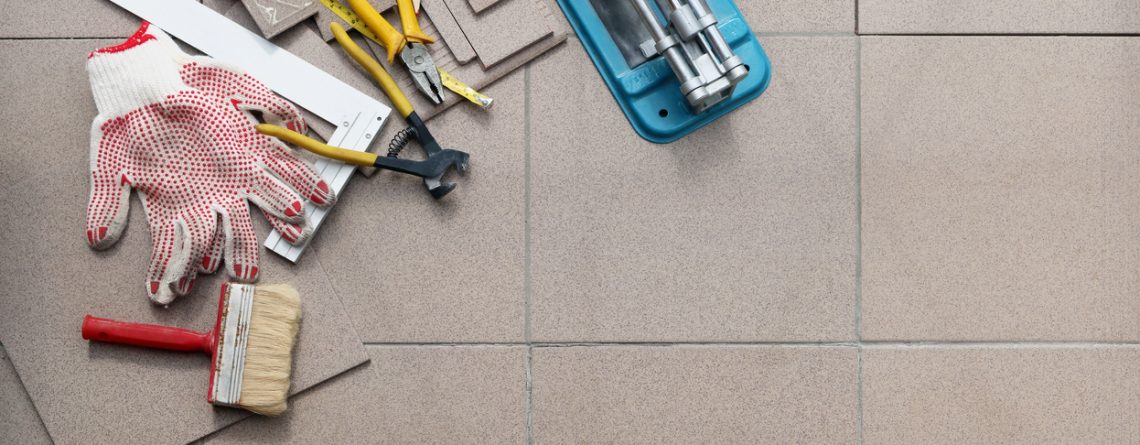
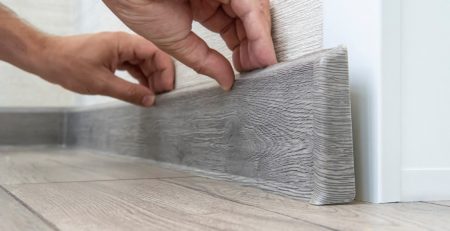


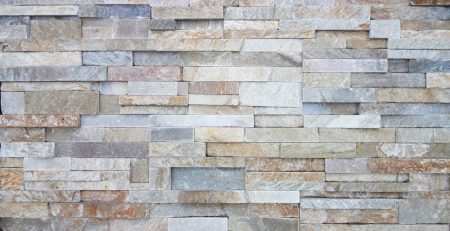

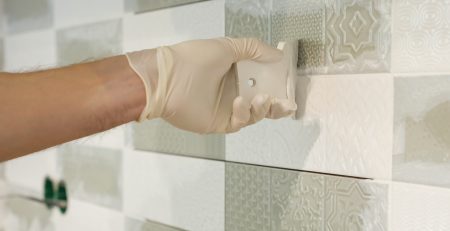





Leave a Reply